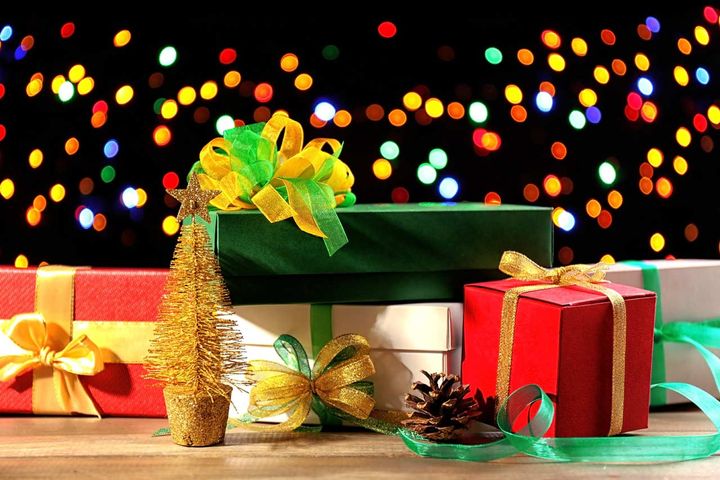The 5 Little Known Facts About LEDs

We all know that LED lighting provides environmental advantages, requires less light fixtures, has a longer life span, and saves users on energy expenses. In this week's blog, let's go over some lesser known facts about LEDs to see how else they are more beneficial to us and the environment.
1) LED lights help absorb more nutrients from fruits and vegetables.
Because LEDs do not emit ultraviolet rays, they are better choices for supermarkets, restaurants, and kitchen lighting. UV rays decrease nutrient levels in foods and all other light sources, including natural and artificial, emit UV rays. In addition, LEDs do not give off heat, which keeps the food fresher for longer.
2) LEDs never burn out.
LEDs have a lifetime estimate of 35,000 - 60,000 hours, compared with the 1,000-hour lifetime of incandescent light bulbs and the 8,000-hour lifetime for compact fluorescent lamps. And even after they reach that limit, they will simply become progressively dimmer, rather than immediately burn out.
3) LEDs do not attract bugs.
Bugs are attracted to high levels of UV rays, which as we've recently learned, is not emitted by LEDs.
4) LEDs help you become a safer driver.
LED headlights have a higher color temperature, which improves driver vision in low-light conditions. Also, the amount of blue light in LED aids with peripheral vision.
5) LEDs are reasonable priced (in some product categories).
When LED manufacturing technology was relatively new, some LED light options could be costly. However, prices, as predicted, have drop significantly over time.
Check back to see new articles and guides, or feel free to click another article to experience more great insights and advice.



